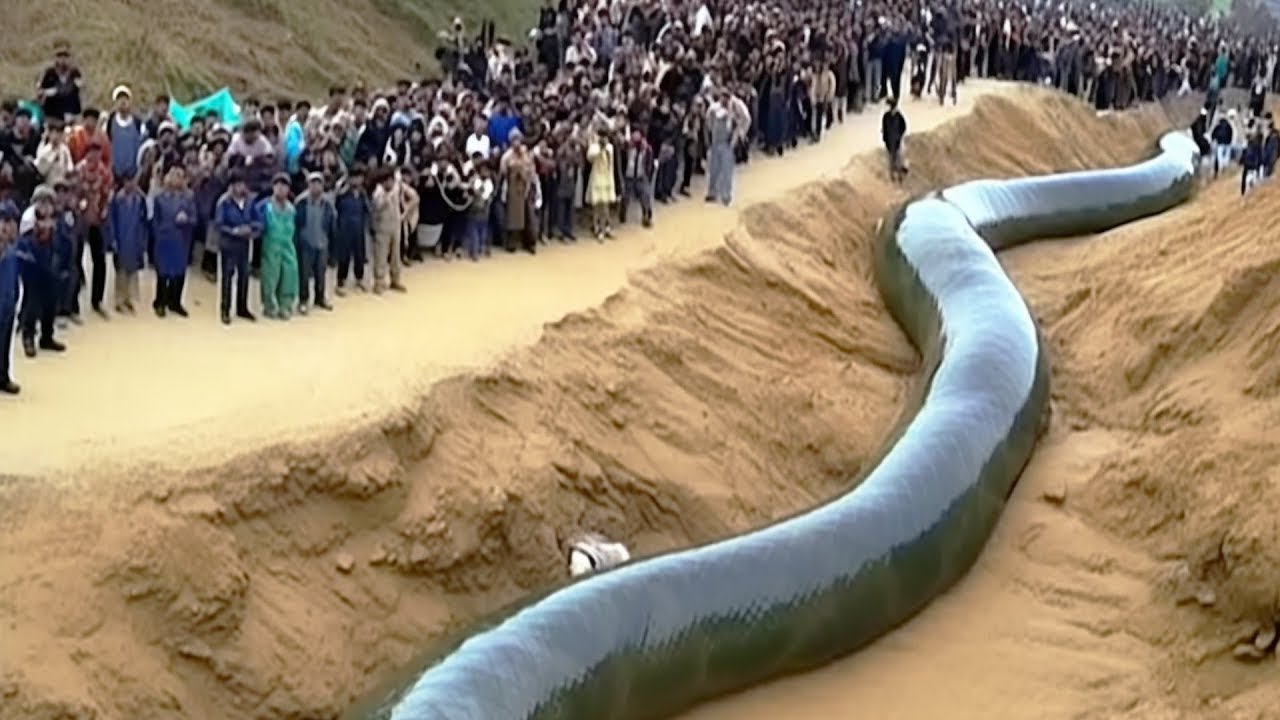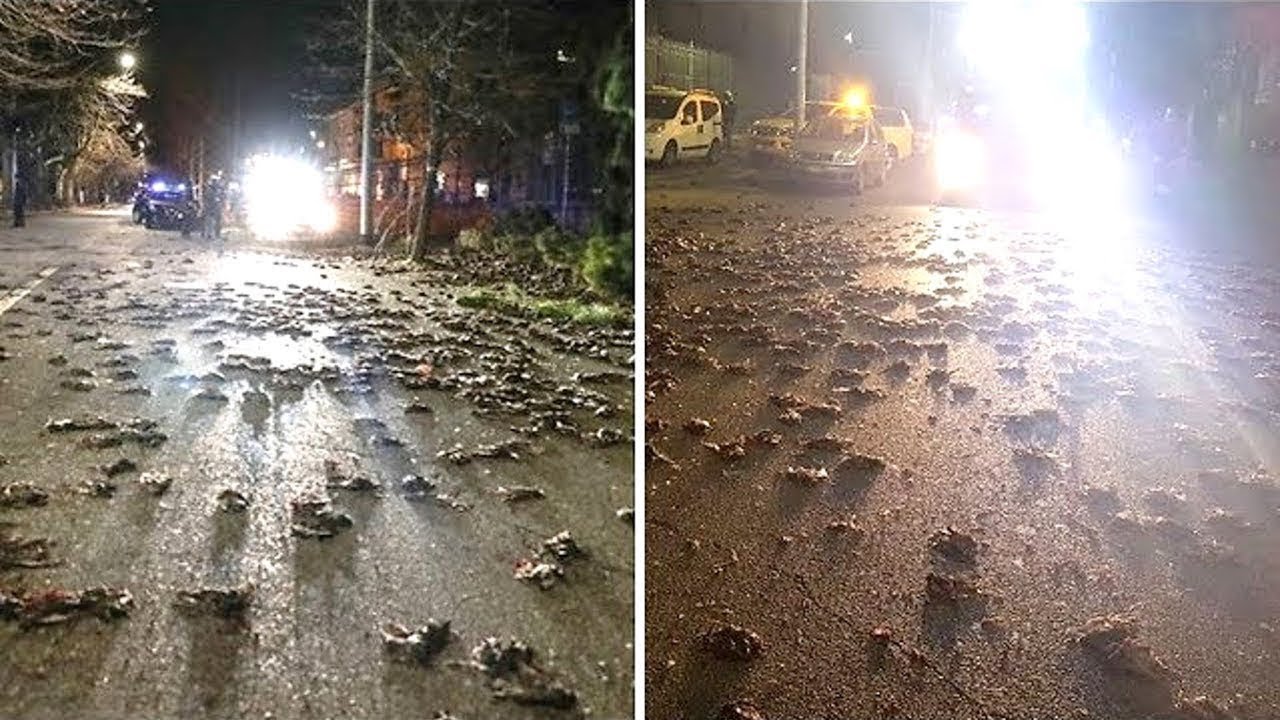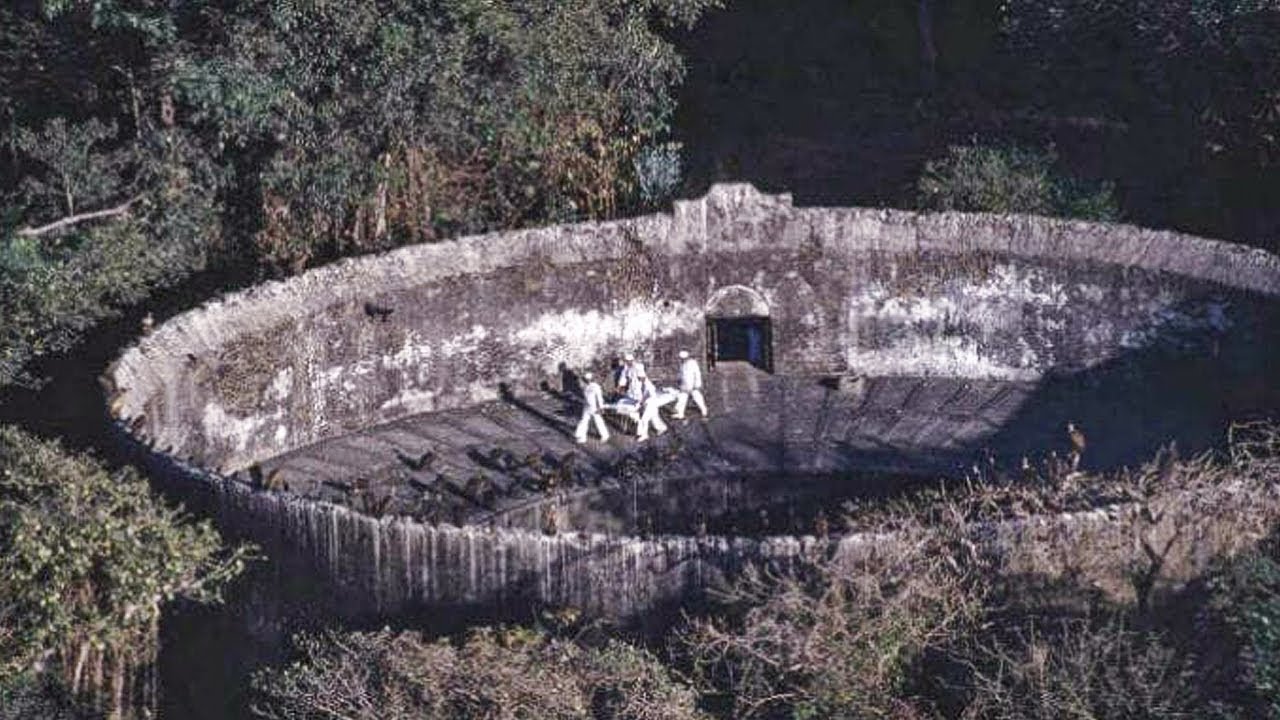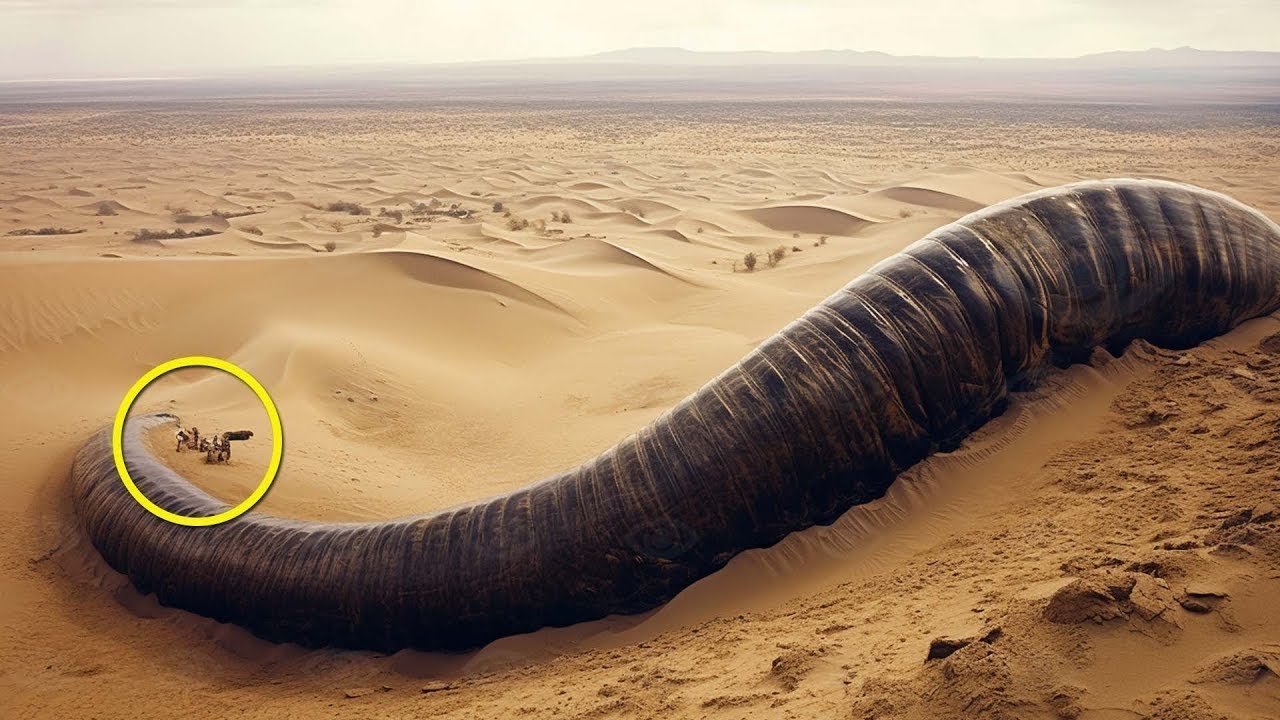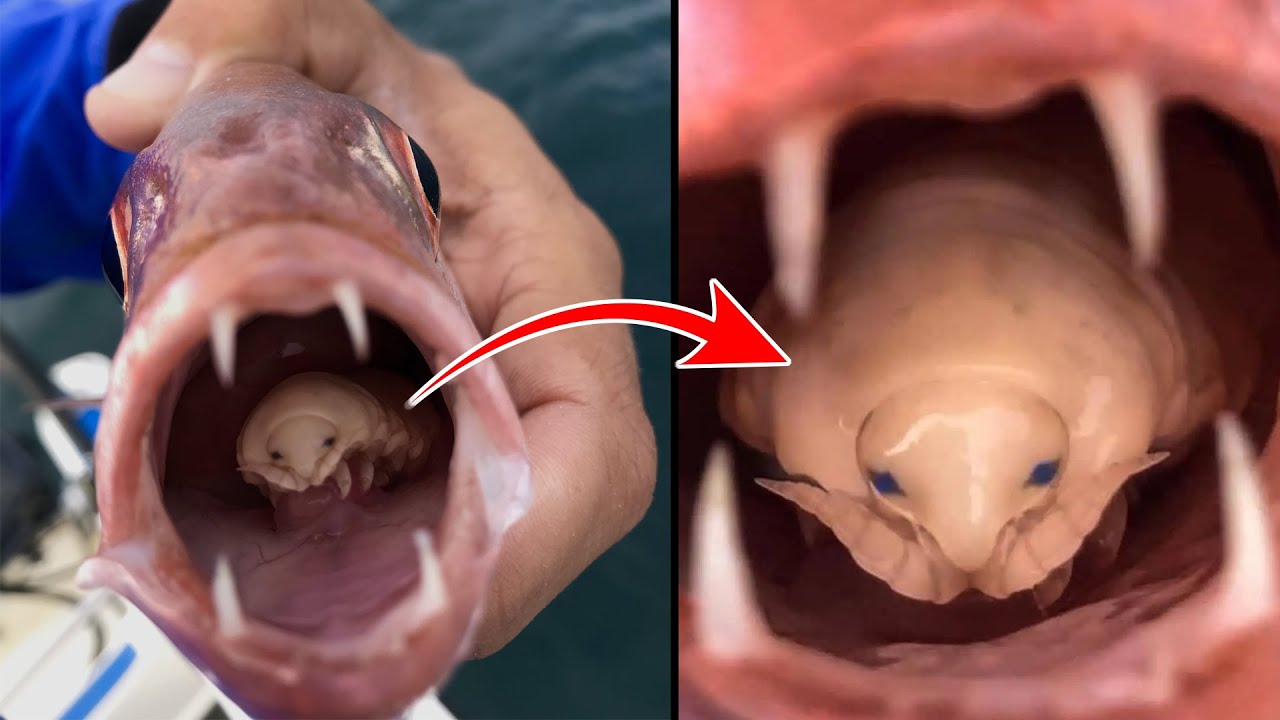A NEW species of chimaera has been discovered off the coast of Thailand.

The creature, named Chimaera supapae, has a massive head, giant eyes, and feather-like fins. 1A new species of chimaera has been discovered off the coast of ThailandCredit: David A. Ebert
1A new species of chimaera has been discovered off the coast of ThailandCredit: David A. Ebert
Chimaeras, also called “ghost sharks” are a type of cartilaginous fish that are related to sharks and rays.
Cartilaginous fish are some of the oldest fishes alive today, Live Science noted.
The newly described species is a type of shortnose chimaera, researchers explained.
Scientists documented this discovery in a paper published March 6 in the journal Raffles Bulletin of Zoology.
The paper notes that ghost sharks live in the dark waters of the deep sea, where sunlight does not reach.
Specifically, they are found at depths below 1,640 feet around the continental slopes and ocean ridges.
The fish species tend to feed on bottom-dwelling animals like crustaceans and mollusks, Live Science said.
Chimaera supapae can grow up to 20 inches long, with long with broad pectoral fins.
Scientists believe the fins help the creature move about on the sea floor.
Most interesting perhaps, is where the species was uncovered: off the Andaman coast of Thailand.
It’s important to note that the fish was found deceased as part of a deep-sea survey project conducted in 2018.
“Chimaera are rare in this region of the world,” David Ebert, lead author of the study and program director of the Pacific Shark Research Center at San Jose State University in California, told Live Science in an email.
“There were only 53 known species of chimaera in the world; this makes 54,” Ebert said.
The discovery of Chimaera supapae is exciting for scientists because it helps us to learn more about the diversity of life in the deep sea.
“Evolutionarily, these chimaeras are among some of the oldest lineages of fishes with the lineage going back 300-400 million years,” Ebert said.
“The discovery of new species like this chimaera tells us how little we know about the marine environment and how much is still to be explored.”

